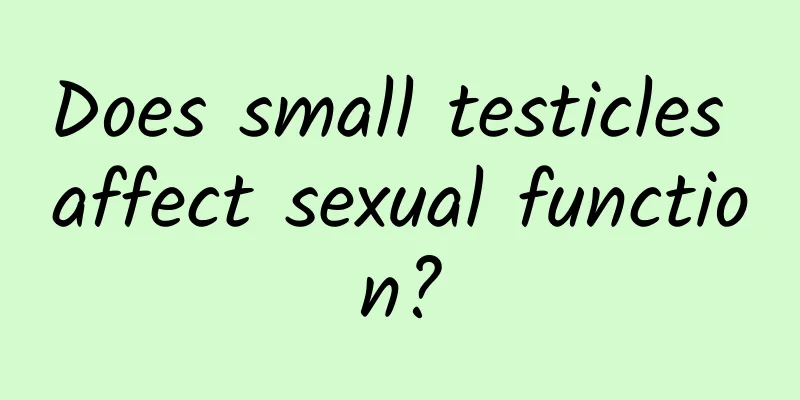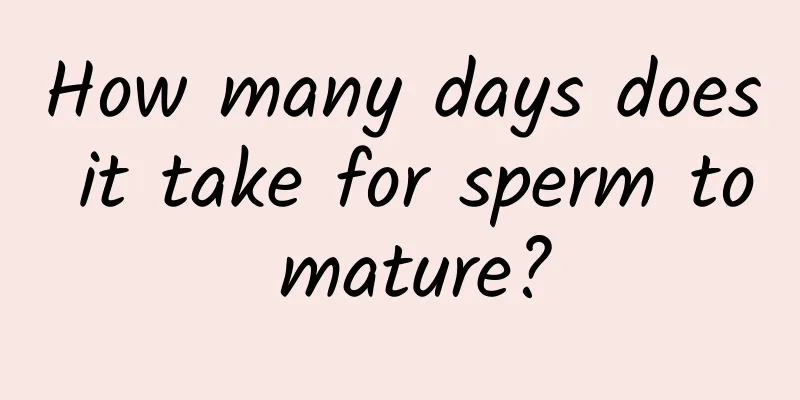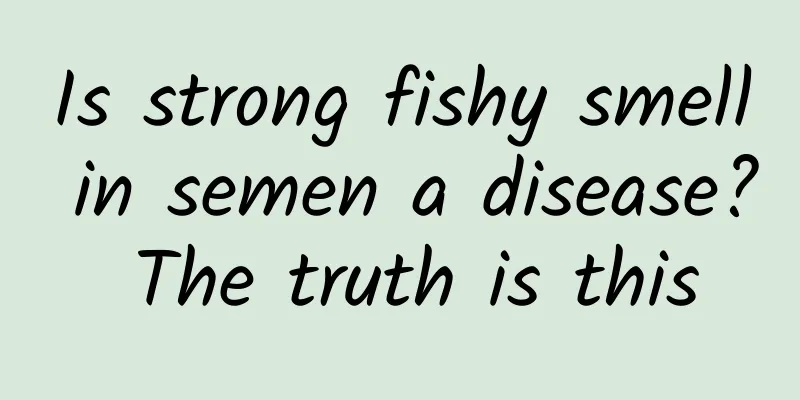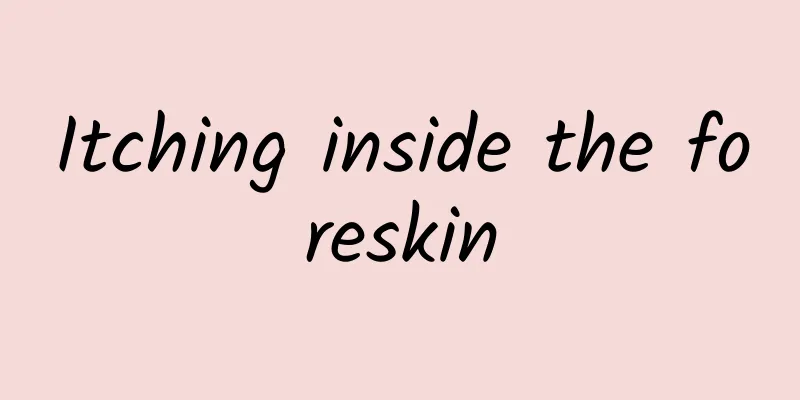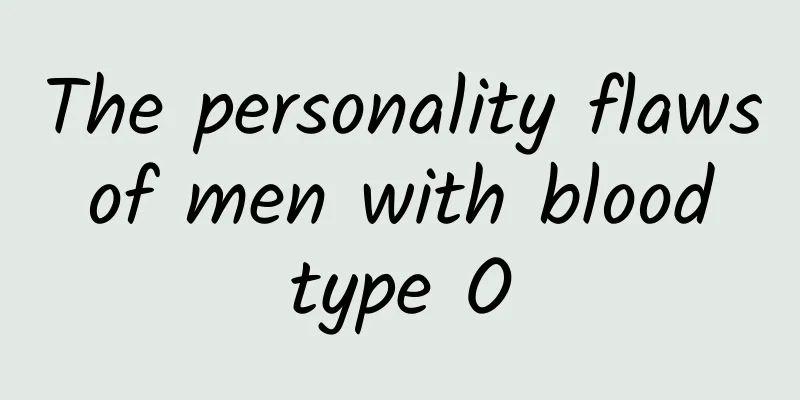Precautions for orchiectomy
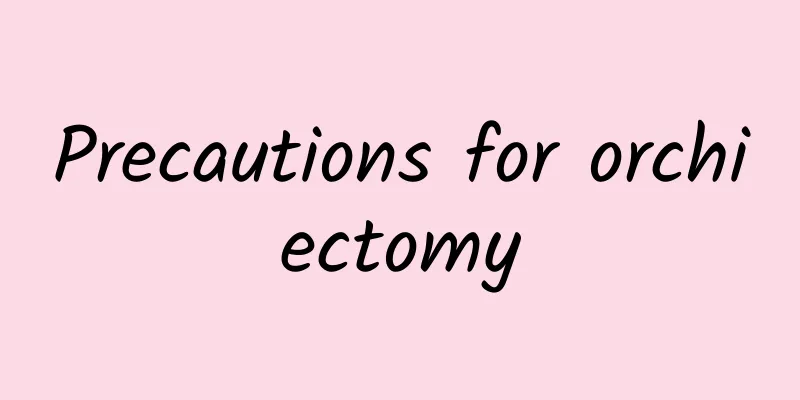
|
The testicle is one of the more important reproductive organs for men. It plays a vital role in men's sexual life and fertility. However, there are often some unsatisfactory things in life, such as some diseases or some injuries that cause many men to have to remove their testicles. Many men cannot accept this, but if the testicles are not removed, their lives will be in danger. Therefore, we must maintain a calm attitude to face it. Let's learn about the precautions of orchiectomy. Orchiectomy is mainly used for testicular tumors. Orchiectomy can also be performed if the testicles are severely damaged and cannot be preserved due to other reasons. For testicular tumors, the spermatic cord is first ligated and cut at a high position near the internal ring, and then the tumorous testicle is removed. When orchiectomy is performed due to other lesions or damage, the spermatic cord can be cut at a low position and the testicle can be removed. Precautions after orchiectomy 1. For those who have been confirmed to have testicular tumors before surgery, the spermatic cord should be freed first and ligated and cut at the internal ring, and then the testicle and tunica vaginalis should be separated to reduce the hematogenous spread caused by compression. If the diagnosis of testicular tumor has not been confirmed, the vas deferens should be separated first after the spermatic cord is freed, and the blood flow of the spermatic cord should be blocked with a soft forceps, and then the testicle should be freed. After protecting the incision with gauze pads, the testicle should be carefully examined, and the tunica vaginalis should be cut open for examination if necessary. Suspicious tissues should be immediately sent for frozen sections for qualitative analysis. Testicular removal can only be performed after a malignant lesion is confirmed. 2. If the nature of the testicular tumor is confirmed to be embryonal carcinoma, teratocarcinoma or teratoma, orchiectomy and retroperitoneal lymph node dissection can be performed at the same time if the patient's condition permits. 3. For non-tumorous testicular lesions, the principle is to preserve the testicular tissue as much as possible. Partial orchiectomy is feasible, removing the lesioned tissue and preserving the functional part of the testicle. 4. When cutting the spermatic cord, the spermatic vessels and vas deferens should be ligated separately to prevent the knot from slipping and bleeding. If it is a tuberculosis lesion, the end of the vas deferens needs to be treated with carbolic acid, 75% ethanol and isotonic saline. Having a healthy body is particularly important for everyone. The above is an introduction to the precautions for orchiectomy. Although orchiectomy is harmful to physical and mental health for men, for the sake of physical health, I hope that many male friends can maintain a good attitude. In addition, if the body can recover faster, you should pay more attention to adjusting your diet and eat more light foods. |
<<: How to treat foreskin sebaceous glands?
>>: How to treat penile sebaceous gland ectopy
Recommend
Banana vinegar weight loss method, let your body keep slimming down
Bananas have the effect of laxative, moistening t...
Man's hands and feet are sweating
Hands and feet are both important human organs, a...
What is the most effective exercise for men to lose weight?
There are many reasons why men lose weight. One i...
Sperm grade standard value
Sperm motility generally refers to the percentage...
How long is normal for the penis to be stretched?
How long is normal for masturbation? Masturbation...
What to do if a man has reduced kidney function
In daily life, many people are concerned about th...
Why do men get tired easily?
Men are prone to fatigue mostly due to long-term ...
What is the best food for men when they are tired?
Men face the greatest pressure and competition in...
What are the symptoms of acute nonbacterial prostatitis?
The prostate is a very important reproductive org...
How to improve male physique
Many male friends do not pay attention to regular...
How to treat glans inflammation?
At present, the symptoms of glans inflammation ar...
Where is the bladder meridian located and what are the effects of bladder meridian acupoint massage?
Many people have no idea where the bladder meridi...
Do men need to wear underwear when sleeping naked? Why?
Different people have different opinions on the i...
What are prostaglandins secreted?
Prostaglandins are very important to male friends...
Why do men sweat a lot when they sleep at night?
Many men sweat when they sleep. If they sweat at ...
